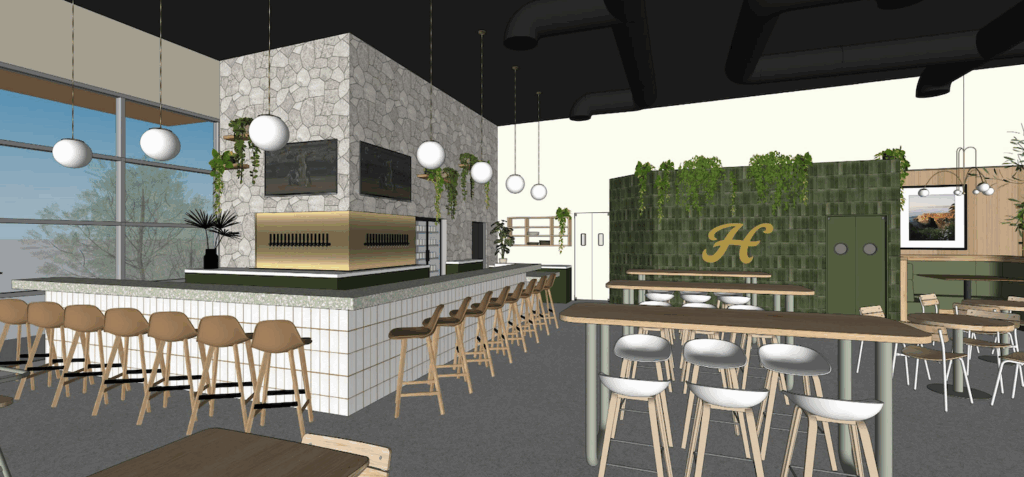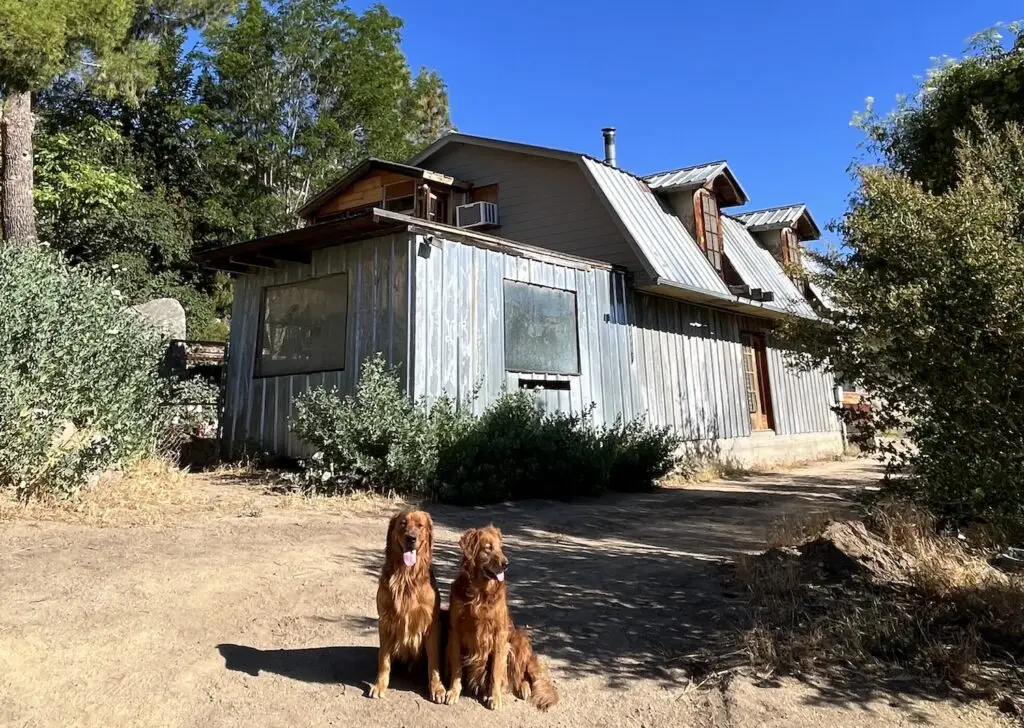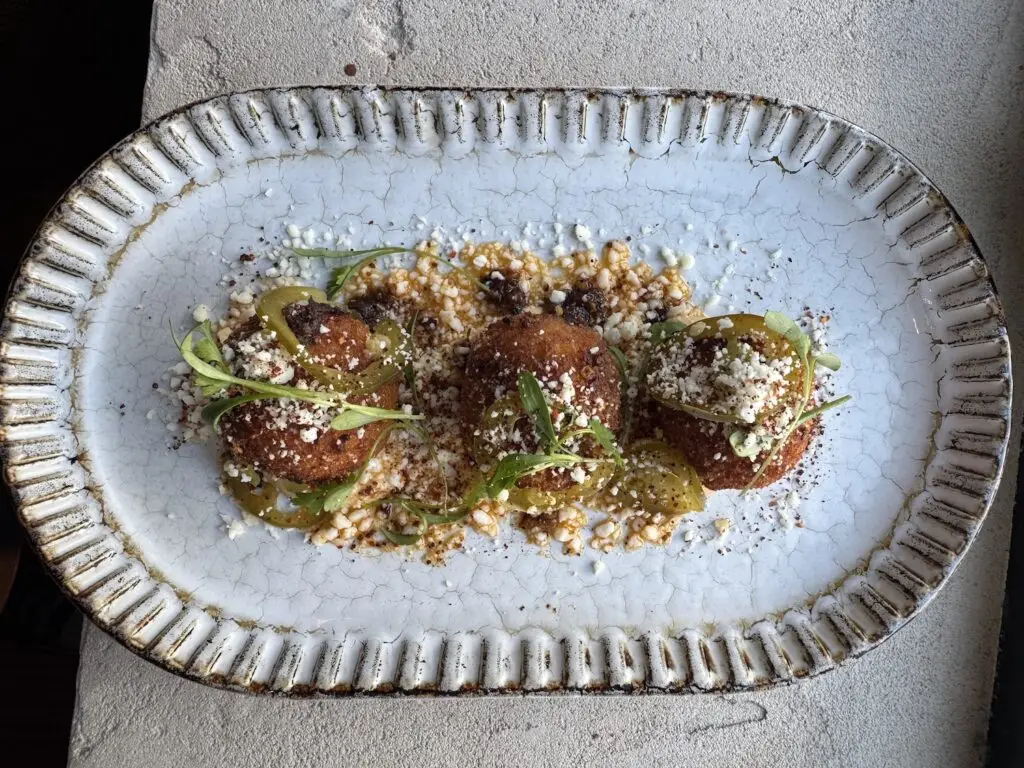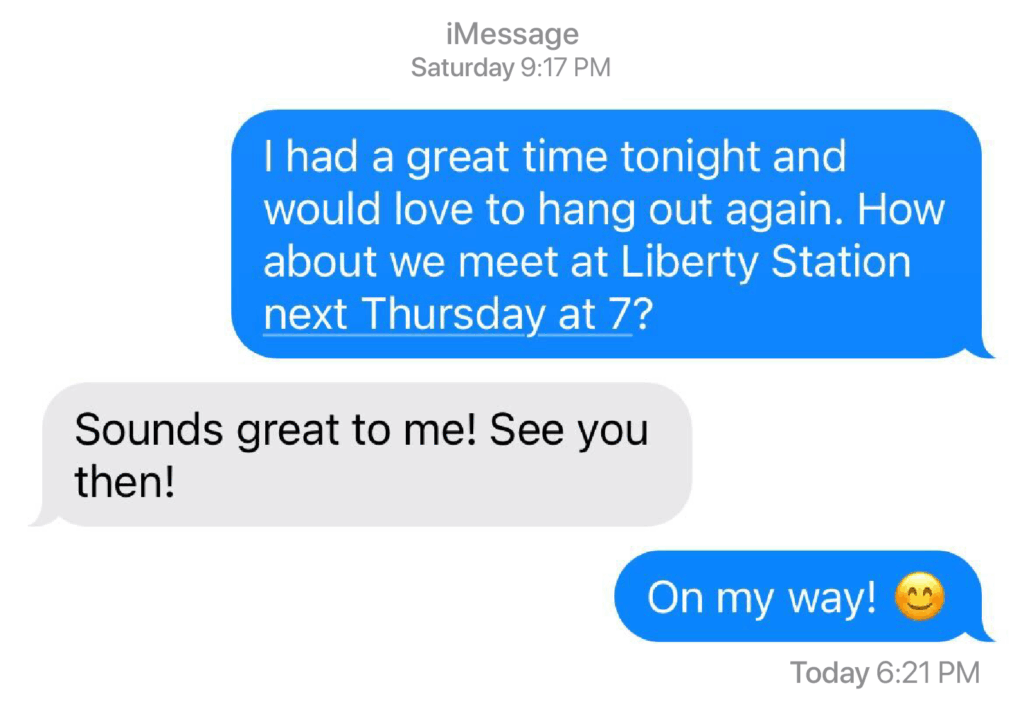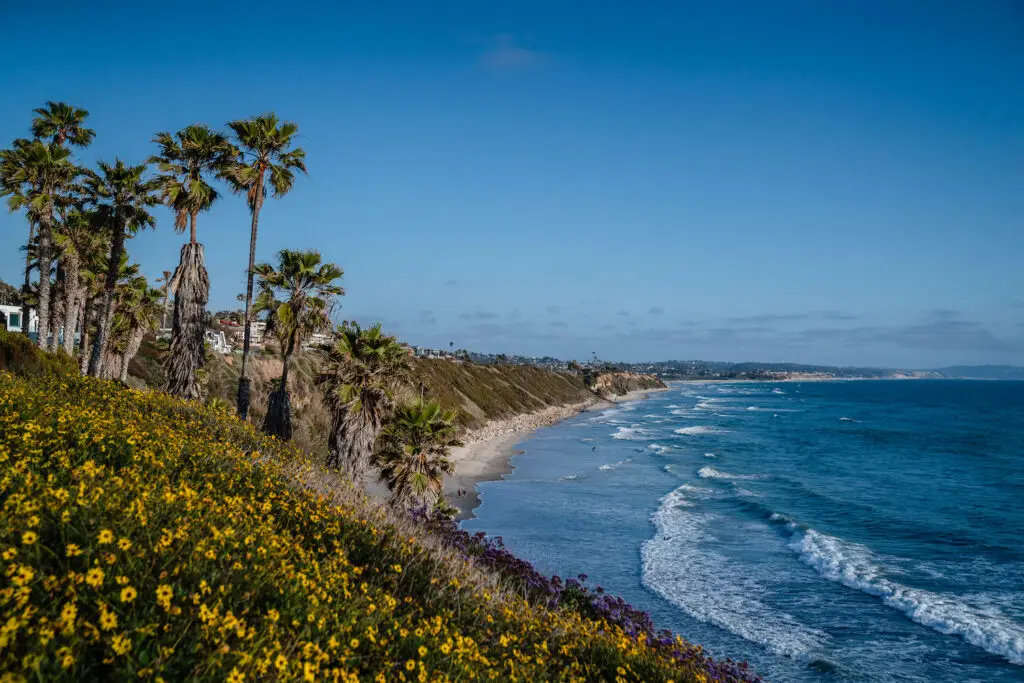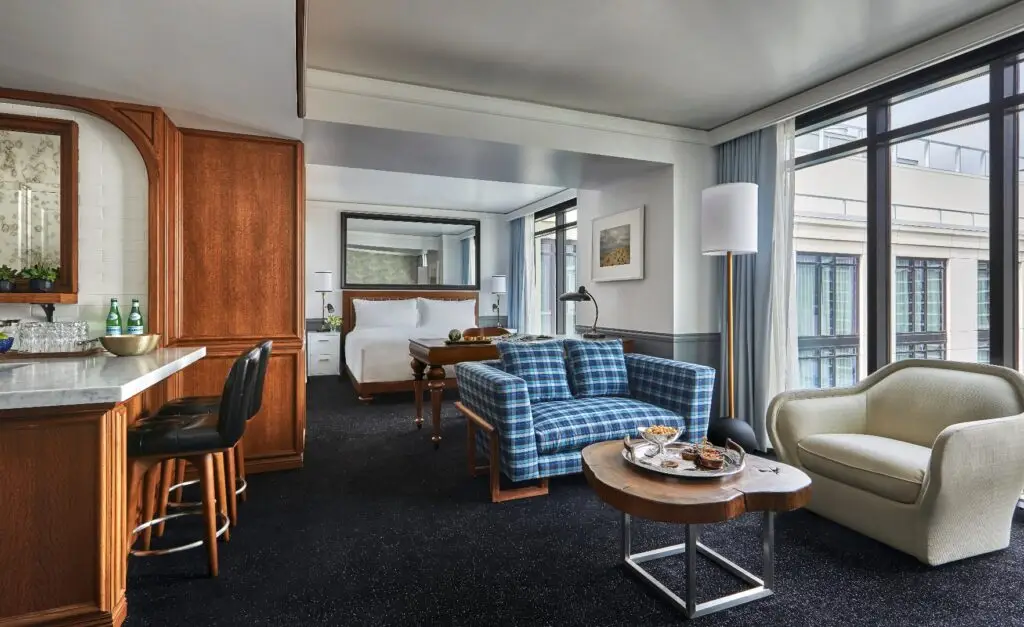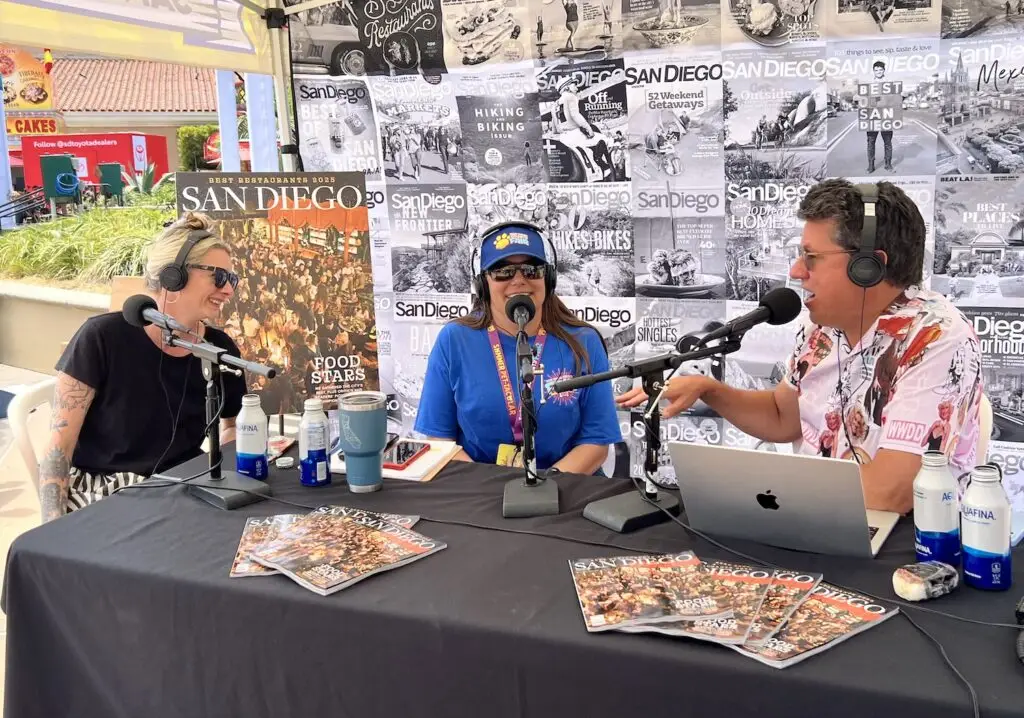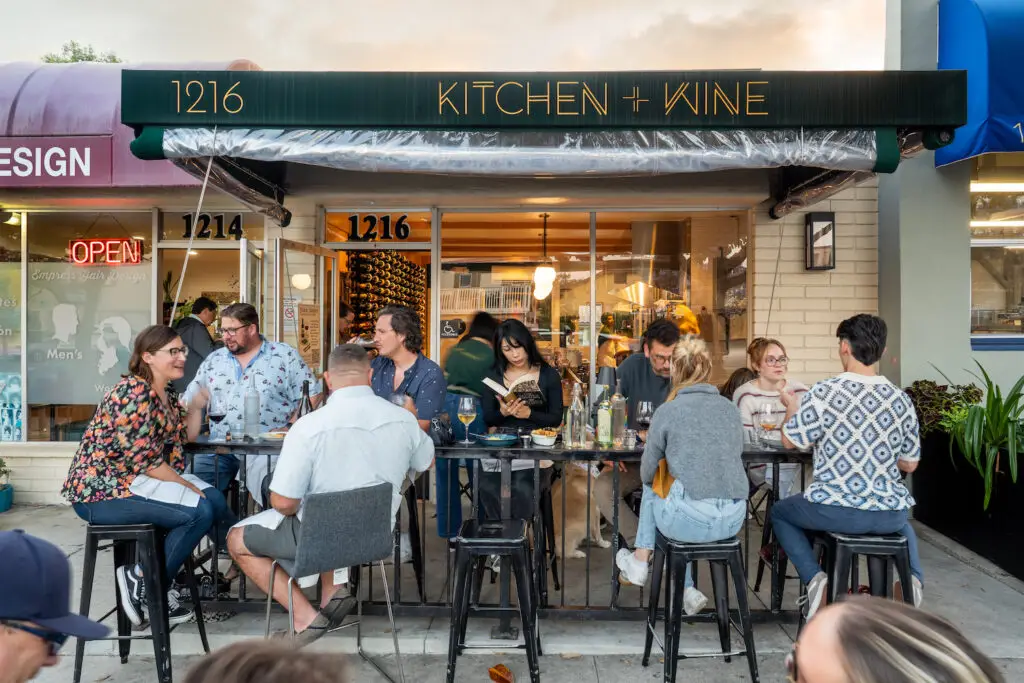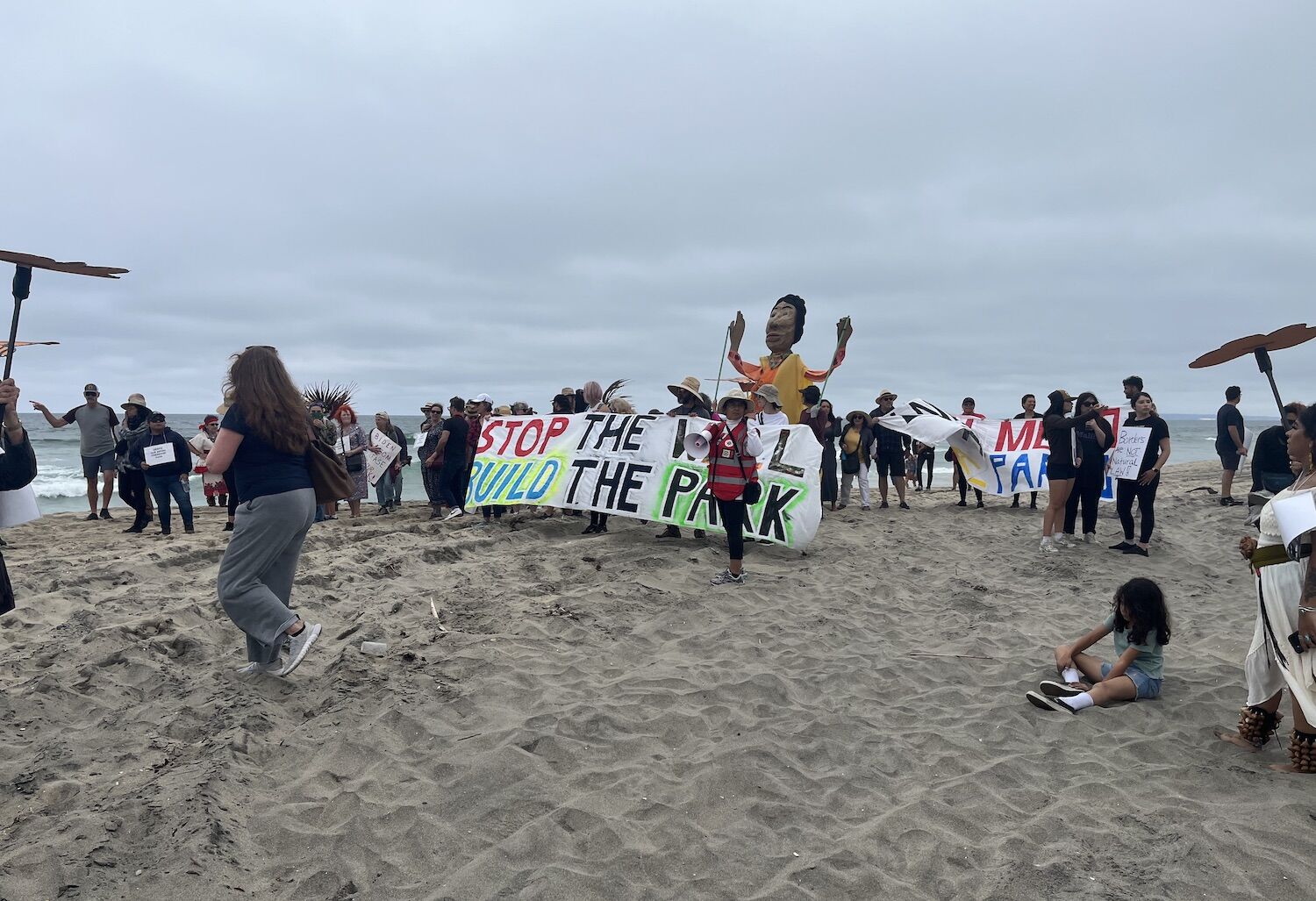
Friendship Park, border wall march
Photo Credit: Maria Jose Duran
Construction is underway to replace the 18-foot border fence at Friendship Park—one of the few remaining places of connection and community along the increasingly militarized southern border, and the only one where U.S. Customs and Border Patrol (CBP) has allowed cross-border visits–with two parallel, 30-foot steel walls.
“Right now you can see the other side, the beach, [but with this construction] they are making it feel like a prison, not a park,” said Rev. John Fanestil of Friends of Friendship Park, an organization trying to preserve the site.
Overlooking the border wall as it dives into the Pacific Ocean, Friendship Park (El Parque de la Amistad) is a historical binational meeting place for people from the San Diego-Tijuana region.
“Friendship Park [is] a very special place where I met my grandparents for the first time after being brought here at the age of five, and the last place where I got to see them,” said Selene Gutierrez, a Deferred Action for Childhood Arrivals (DACA) beneficiary. “In 2009 when my mother and sister were deported, that was the only place where I could meet them.”
The park can be freely accessed from Playas de Tijuana on the southern side, but the north side, located within the Border Field State Park, has been closed to the public since 2019 due to Covid.
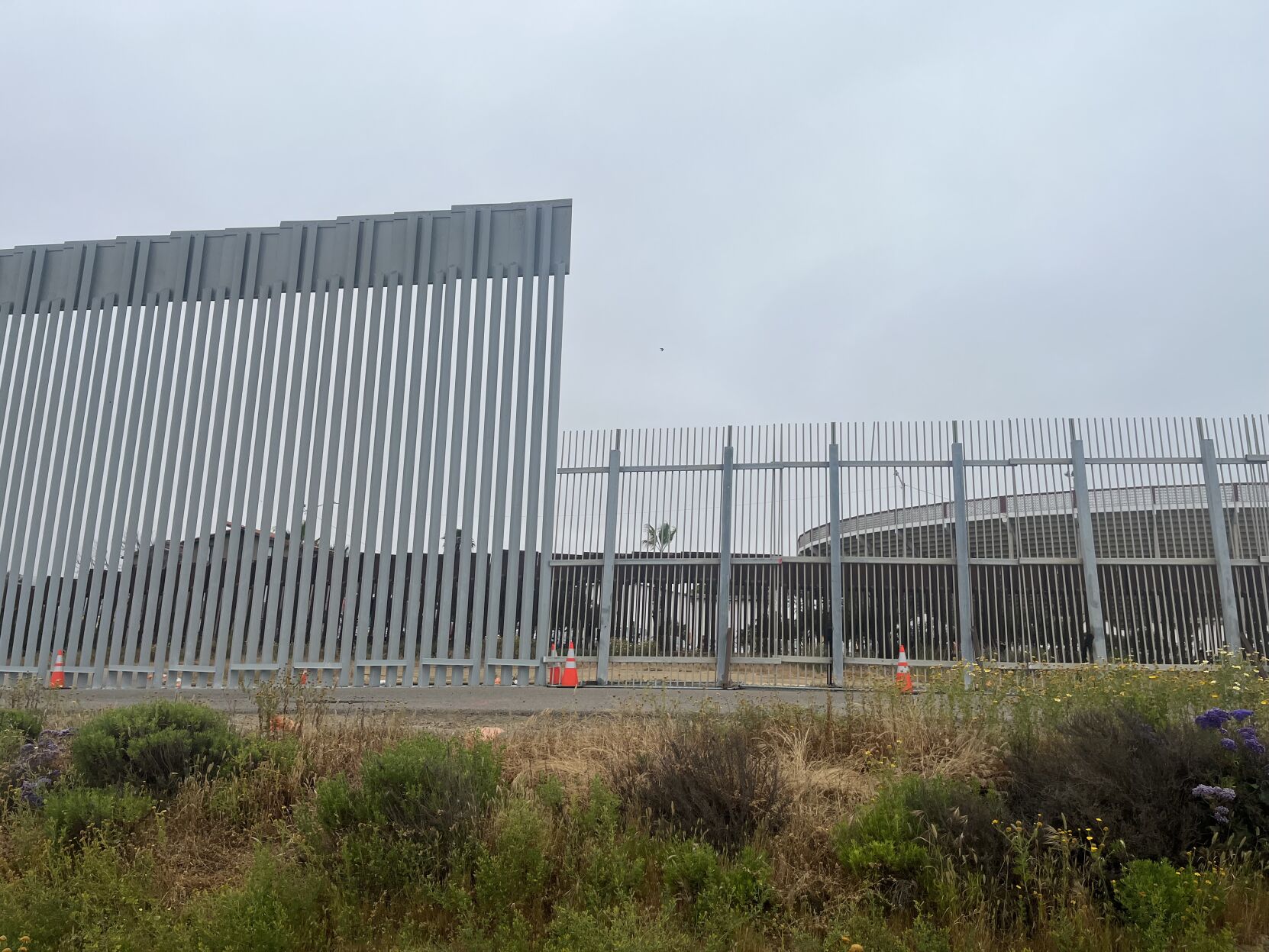
Friendship Park, border
Photo Credit: Maria Jose Duran
“The park has been a place where I’ve been able to connect with my loved ones, and I represent thousands of others who are waiting for Friendship Park to open again,” added Gutierrez.
When the site reopens in Summer 2023, per CBP’s calculations, it will look nothing like the binational garden Gutierrez so fondly remembers. “The current primary fence is no longer structurally sound and is falling apart, which presents a safety risk to Border Patrol agents, community members, and migrants,” wrote CBP in an email.
Fanestil said Friends asked CBP about public safety at the site. “There hasn’t been a single instance of injury or harm ever recorded at Friendship Park. This is a very solvable problem,” he said. “We have teams of architects, planners who will be creating a solution to the Friendship Park project similar to the ones on the Canada border.”
On Sunday, May 21, Grammy-winners Fandango Fronterizo brought their music to the border for the annual Fandango at the Wall event, alongside 200 people in a march organized by Friends to try to stop the border replacement works.
“Me gusta la leche, me gusta el café/Pero no me gustan los muros de usted [I like milk, I like coffee, but I don’t like your walls],” members Fandango Fronterizo sang as they marched to the wall, playing their leonas, jaranas, tarimas, and quijadas–the traditional instruments of jarocho music from Veracruz, Mexico.
Fandango Fronterizo started 15 years ago at Friendship Park, where they found a place to share music with their friends on the other side of the border—a place they couldn’t legally cross.
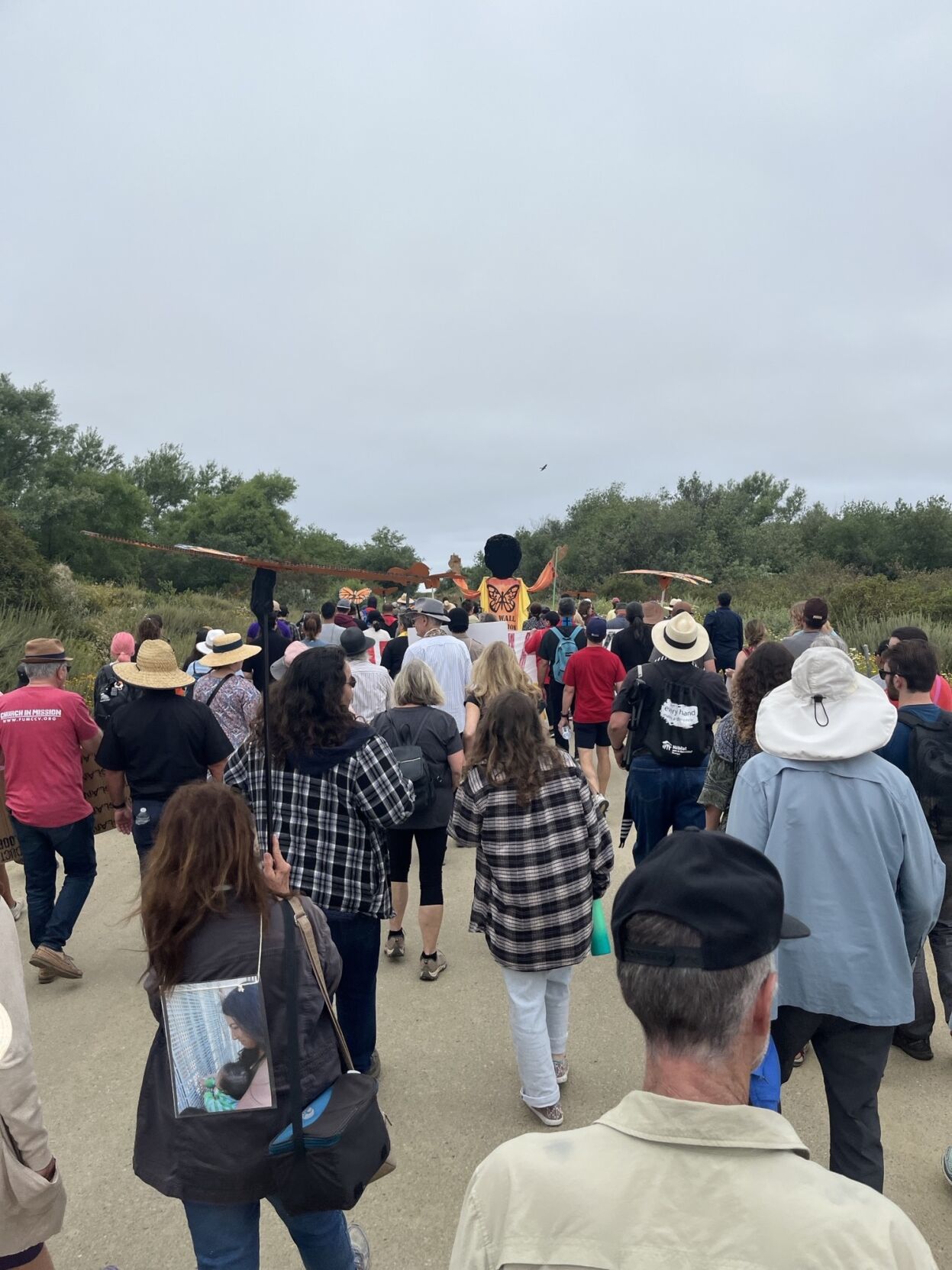
Friendship Park, closure
Photo Credit: Maria Jose Duran
“There is only one land, one wind, one friendship, [and] one ocean. We don’t want divisions, we want to be part of the same place, people who come together once a year to celebrate,” said Jorge Francisco Castillo, retired librarian and Fandango at the Wall organizer.
Fandango Fronterizo musician Crystal González added, “It’s a risk to even be at Friendship Park and not have documentation status, but people would take that risk and felt like they could be safe here, and we want that safety back, we want people to be able to use the park to see each other.”
“I’m worried we won’t be able to continue with this tradition,” expressed Ernesto Orozco, who has been attending Fandango Fronterizo for 10 years. “I’m here to say no to the wall because we have created a friendship and a space without borders.”
After halting construction of the border wall on his first day in office, President Biden’s administration decided to continue with the 0.3-mile replacement of the border fence at Friendship Park. Amid public outcry, a public comment period opened September 2022. According to the report CBP produced of the process, of a total of 740 commenters, two people expressed support for the project. The rest were against it.
“The intent of the public comment period and other engagement with stakeholders was to solicit input on potential impacts […] not to solicit comments as to whether the project should proceed,” clarifies the report, which identifies impacts of construction on endangered species, historical and cultural preservation, the binational garden, and access to Friendship Park.
In the latter, U.S. Border Patrol San Diego Sector’s Border Community Liaison committed to “work closely with stakeholders and the community to identify opportunities to provide the public with access to the Park, when it is operationally safe to do so.”
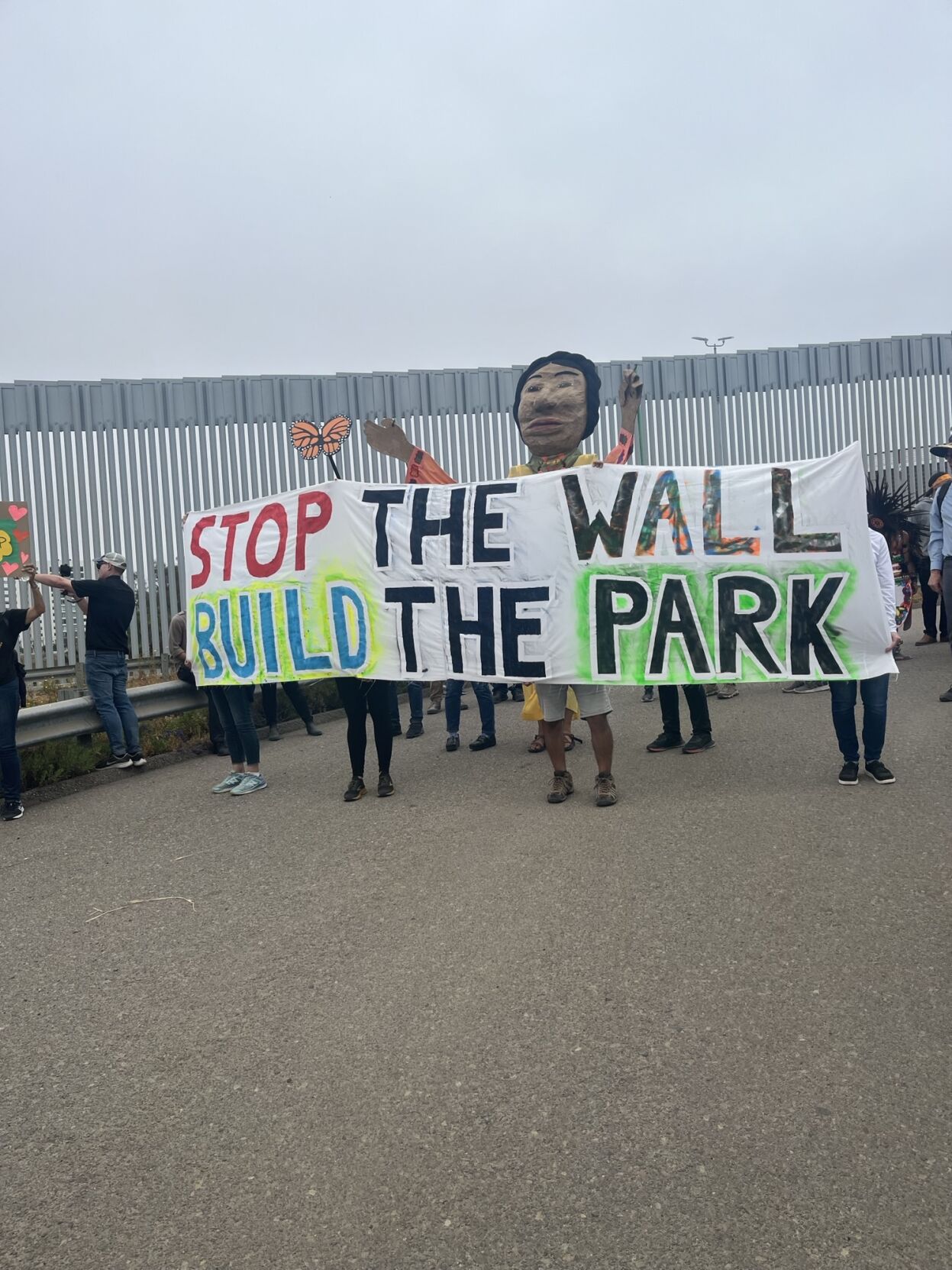
Friendship Park, closure march
Photo Credit: Maria Jose Duran
“I think it’s tragic that immigration is already so unjust, and now people can’t even interact [at Friendship Park] anymore,” said Bethany Hiser, who attended the march with her two kids (three and five) in tow.
Upon completion of construction, Friendship Park will be open each Saturday and Sunday for four hours each day, for a maximum of 25 visitors, according to CBP.
As the march nears the border wall, the tone of the music changes from festive to lamentation. When it arrives at the border, activists meet with friends on the other side of the wall. On the U.S. side, marchers yell “parque sí [yes to the park],” and on the Mexican side they respond, “muro no [no to the wall].”
PARTNER CONTENT
“Some things are legal but they are not moral,” said Dr. Stan Rodriguez, member of the Kumeyaay Santa Ysabel Band at the event. He added that the border wall divides the Kumeyaay people of California and Baja California and sits on sacred burial grounds. “You don’t see this on the Canadian border, why did they do it here?”
